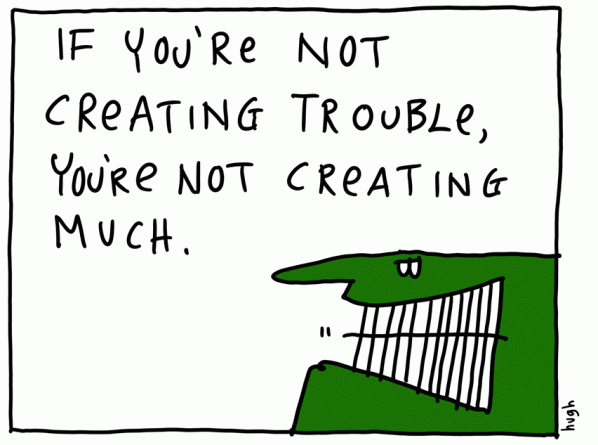In order to cope with our always-connected, attention-starved lifestyle, many of us rely on shortcuts for various aspects of our lives. We got so good at this that we have shortcuts for almost anything. Want to tie a tie in 5 seconds? No problem. Only got 2 seconds to fold a shirt, we got that covered too.
And we are not just creating shortcuts for physical tasks but also mental ones too. Armed with excellent pattern matching ability afforded by evolution, we rely more and more on our intuition and gut feeling to make decisions.
There is however a dark side to these snap decisions and judgments. We are so good at taking mental shortcuts that at times we may not be aware of it. In his book Blink, Malcolm Gladwell showed us how decisions made intuitively can be biased and misguided. Shortcuts may lead us astray.
Another problem with shortcuts is false proxies. Shortcut involves taking a shorter route to reach our goal. But there are times that we can’t directly measure our progress towards our goal, so we use a proxy instead. The most common false proxy for success is money. So, a shortcut to success may involve getting rich quickly but it may not lead to the paradise we seek.
Shortcuts are great though. They give us more time, which is arguably our most important resource. It’s okay to use a cheat code at times like to skip parts of a game or exploit the situation to get ahead so long we are not doing it at someone’s else expense.
But don’t get too obsessed over shortcuts. There are times where you have to resist the temptation to take the easy way out. After all, the most valuable things in life comes from the time and effort we put into it.
Our lives should not be about seeking the best shortcuts. Shortcuts themselves aren't the goal in the first place. It just gives us more valuable time to spend living the life we want. As they say, it’s the journey not the destination that matters. Shortcuts aren't the destination but merely a tool to get there. And there are some journeys you wouldn't want to skip.






